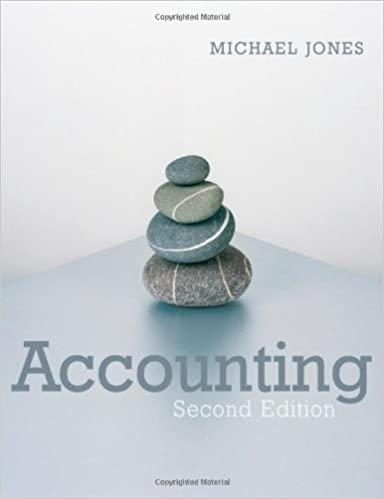Answered step by step
Verified Expert Solution
Question
1 Approved Answer
Texas Land, Inc., wanted to acquire and develop 1 0 0 acres of property in west Texas at a cost of $ 1 0 ,
Texas Land, Inc., wanted to acquire and develop acres of property in west Texas at a cost of $$ to purchase the land from ABC, Inc., plus $ for development costs However, Texas Land had only $ of cash available for the land purchase and no funds to put toward the development costs.
Texas Land approached Gateway Savings & Loan, an S&L with significant tax losses but available cash. Gateway agreed to contribute the remaining $for the land purchase to a partnership TG Partners that would acquire and develop the property. Gateway would also make additional funds available for the development as needed. Gateways additional contributions would never total the remaining $ cost because portions of the property were intended to be sold as they were completed, and those sales proceeds would fund future phases of the improvements.
In return, Gateway will receive a guaranteed payment of of its capital each year, plus Gateway and Texas Land will share any profits on the development and sale of the property. The parties also agreed that Texas Land would manage the property and oversee its development and would receive a fixed guaranteed payment related to those services. No partnership agreement was drafted or signed.
As it turned out, Texas Land located another party DEF Inc. that wanted to purchase the best acres of the property for $ Texas Land and Gateway arranged that the closing on the acre purchase from ABC would occur the same day as the closing on the acre sale to DEF. The $ sales proceeds were enough to pay the entire purchase price to ABC, with $ left over to begin improvements on the remaining acre parcel. That first $ of sales proceeds essentially funded the $ capital contributions for both Texas Land and Gateway, so neither partner needed to immediately contribute cash to TG Partners.
Even though neither Texas Land nor Gateway invested cash upon formation, they intend to carry on as if TG Partners was established and is the entity completing the development activities. However, they are concerned that the IRS might contend that no partnership was formed and that the arrangement was simply designed to shift a tax liability gain on the land sale to DEF, Inc., and on future development from Texas Land to Gateway, which has no current tax liability.
All of these events happened in the prior year, and now its February and TG Partners is your client. Prepare a memo for your supervising partner that first examines the rules of and make a case that TG Partners is indeed, a partnership. Incorporate at least one court case into your analysis as well. Assume that TG Partners will operate on the calendar year. Next, consider the effect of the Checkthebox Regulations under Reg. and your knowledge, in general, of partnership taxation. What can TG Partners do to ensure that partnership treatment is assured?
Step by Step Solution
There are 3 Steps involved in it
Step: 1

Get Instant Access to Expert-Tailored Solutions
See step-by-step solutions with expert insights and AI powered tools for academic success
Step: 2

Step: 3

Ace Your Homework with AI
Get the answers you need in no time with our AI-driven, step-by-step assistance
Get Started


